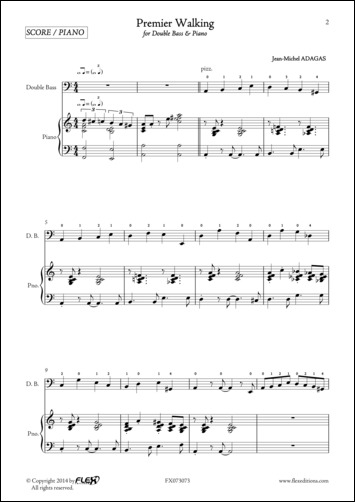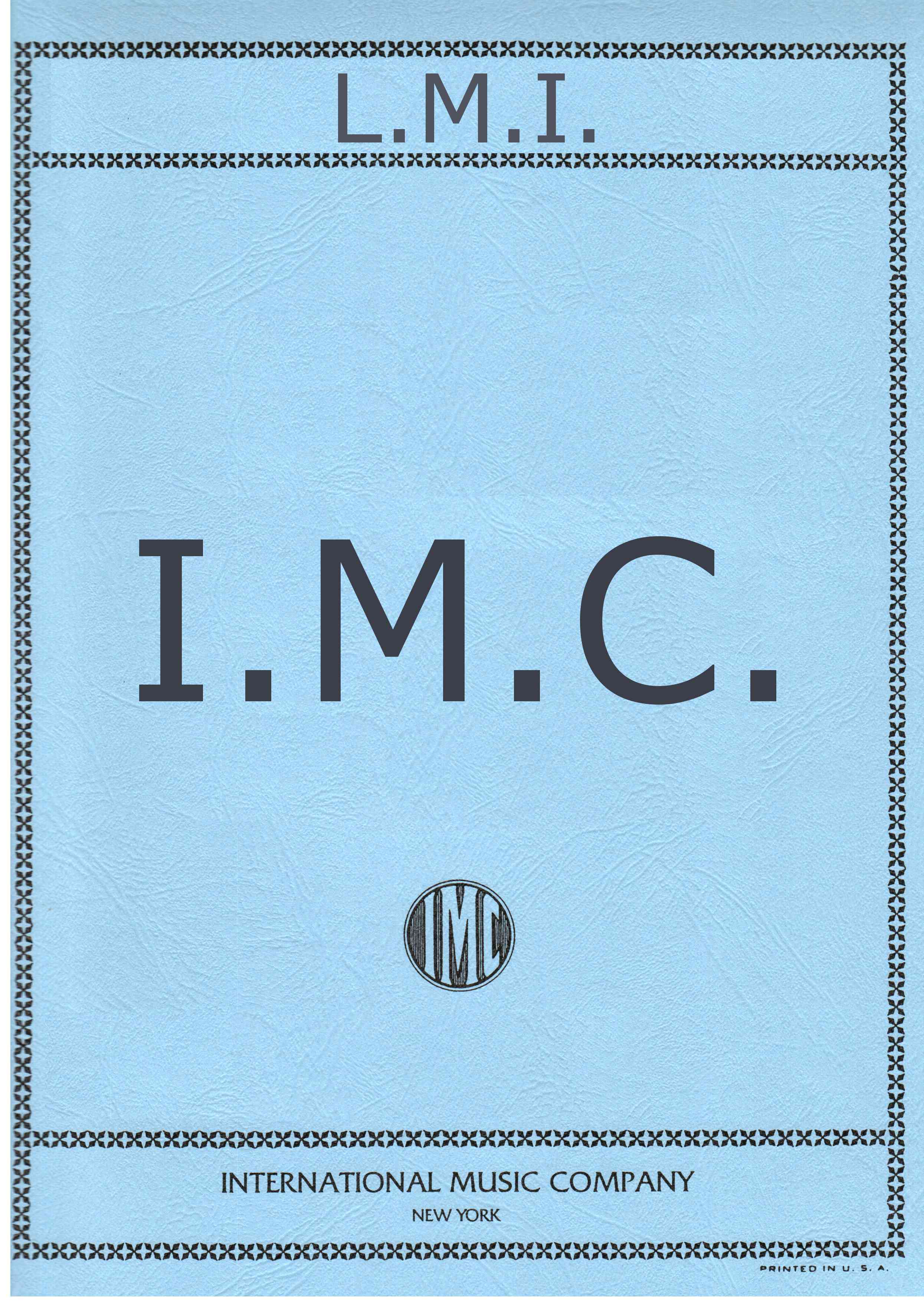Easy Concert Pieces Band 3
Classique
Contenu
Canzona D minor / d-Moll (Girolamo Frescobaldi)
Sonata F major / F-Dur (Giovanni Lorenzo Lulier)
Largo (Antonio Vivaldi)
Choral „O Ewigkeit, du Donnerwort“ BWV 20 (Johann Sebastian Bach)
Sonata F major / F-Dur op. 4/11 (Willem de Fesch)
German Dance / Deutscher Tanz (Carl Ditters von Dittersdorf)
Menuetto op. 13/5 (Luigi Boccherini)
„Ich liebe dich“ / “I love you“ (Ludwig van Beethoven)
Two Little Pieces / Zwei kleine Stücke (Giovanni Bottesini)
The Elephant / Der Elefant / L’Eléphant (Camille Saint-Saëns)
Exercise / Etüde No. 25 D minor / d-Moll (Franz Simandl)
Old French Song / Altfranzösisches Lied op. 39/16 (Peter Tschaikowsky)
Romanza / Romance (Gustav Láska)
One Day in Venice / Ein Tag in Venedig (Gabriel Koeppen)
Los niños del Tango (Daniel Kemminer)
Dancing Bear / Bärentanz (Charlotte Mohrs)
The Forest Fairy Dreaming / Traum der Waldfee (Charlotte Mohrs)
Description :
The “Easy Concert Pieces” series offers a wide spectrum of pieces from the Renaissance, Baroque, Classical, Romantic and Modern eras. The repertoire enriches the daily exercises and double bass tutor and is suited for all kinds of auditions. It contains original works for double bass solo as well as orchestral excerpts and arrangements of famous classical masterpieces. Volume 1 (easy) contains pieces in half and first position, with easy rhythms and melodies. It includes easy strokes and articulations such as portato, staccato and legato. Some pieces contain easy Flageolets. This volume offers a broad selection of classical masterpieces in easy arrangements.Volume 2 (easy to intermediate) contains pieces up to the 3rd position. As some new double bass tutors have a different approach in introducing position changes, volume 2 offers several pieces which reach the 2nd position, some pieces using only 1st and 3rd positions and some more difficult pieces which encompass all positions from half to third position. This volume consists of more original works.Volume 3 (intermediate) increases the repertoire up to the 6th position and requires a good control of the lower positions. It makes higher demands on expressive playing and interpretation, velocity and rhythm, as well as bowing techniques with articulation and phrasing.



 Gagnez un bon d'achat dès 50€
Gagnez un bon d'achat dès 50€
 30 jours pour changer d'avis
30 jours pour changer d'avis





